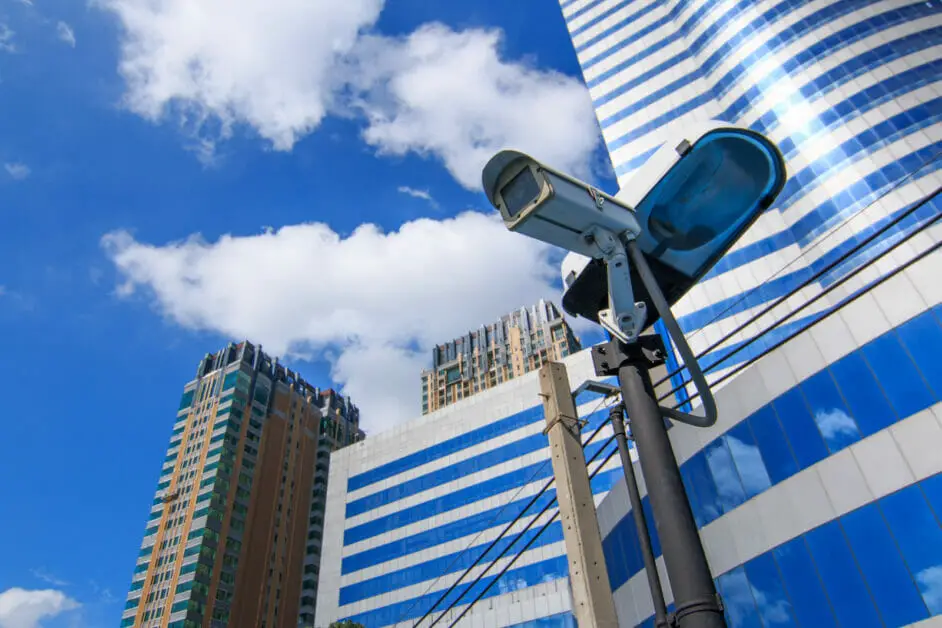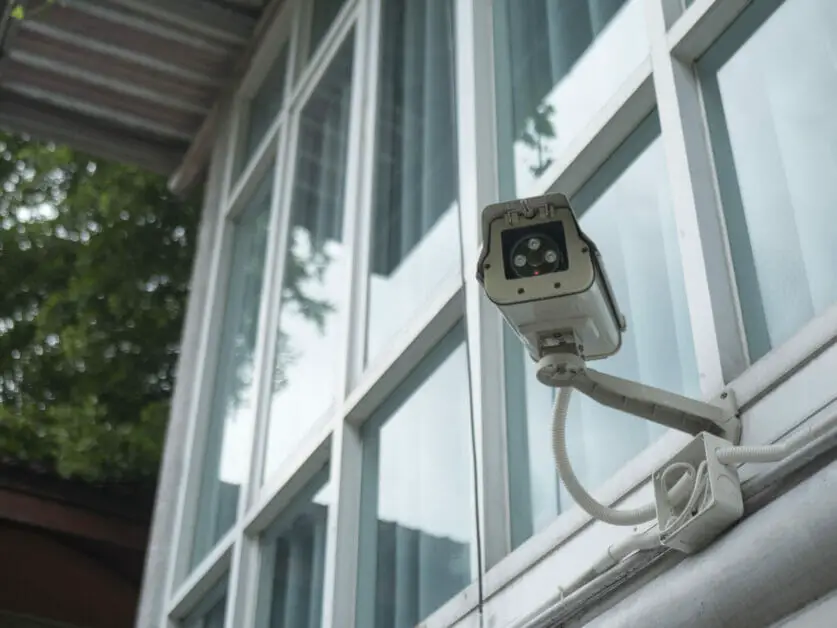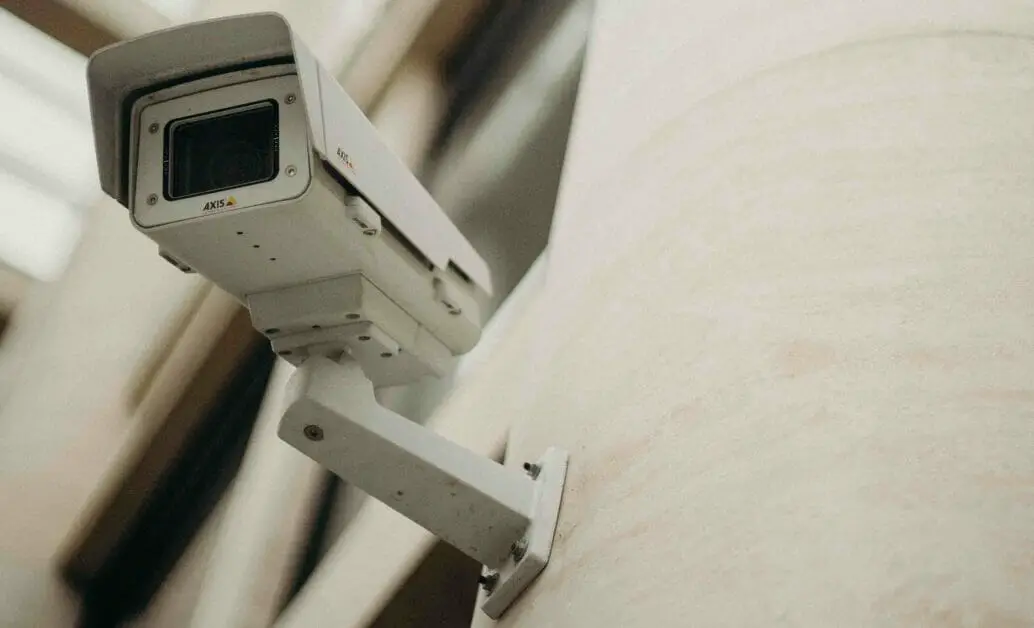Surveillance cameras primarily monitor and record activities in a particular area, providing evidence if needed. These cameras are often found in businesses or public spaces that emphasize observing people, property, and traffic. On the other hand, security cameras are designed to detect and prevent threats actively. They often come with features like motion detection and audio capabilities, making them a popular choice for home security.
As we dive deeper into this topic, we’ll explore the unique differences, features, and benefits of these two types of cameras.
Surveillance Cameras Vs. Security Cameras


Main Differences
Surveillance and security cameras may sound similar, but they have distinct purposes. Surveillance cameras are all about continuous monitoring, while security cameras focus on being event-driven and alert-oriented.
Think of it like this: surveillance cameras always watch, while security cameras jump into action when something suspicious happens.
Purpose
The primary purpose of surveillance cameras is to keep an eye on things 24/7. Whether in public spaces, commercial locations, or other busy areas, these cameras record and monitor all the time to ensure public safety.
On the other hand, security cameras work best for home security. They use motion detection technology to start recording only when there’s activity happening, saving you energy and storage.
Usage Locations
Let’s talk about where you’d usually find these camera types. Surveillance cameras are commonly found in public places like shopping malls, train stations, and parking lots.
They provide a constant, watchful eye that helps maintain public safety and deter criminal activities.
Security cameras, however, are more suited for homes and private properties. Their motion-triggered recording capabilities allow homeowners like me to keep our personal spaces secure and easily track any suspicious happenings.
Thus, choosing a surveillance or security camera depends on your specific needs and the location you want to monitor.
While surveillance cameras are designed for continuous monitoring in public spaces, security cameras are better for event-driven, alert.
When to Use Which Camera
| Surveillance Cameras | Security Cameras | |
|---|---|---|
| Monitoring 24/7 | Ideal as they provide constant monitoring and recording. | Not recommended due to energy and storage considerations. |
| Public Safety in Busy Areas | Perfect for use in malls, train stations, etc., for public safety and deterrence. | They are not as suitable as they are designed for more private settings. |
| Home Security | Less ideal due to the lack of event-driven alerts. | Perfect due to features like motion detection, alerts, and two-way audio. |
| Criminal Activity Deterrence | Ideal for deterrence in public areas due to their continuous recording. | Also suitable, especially in private properties, due to motion-triggered recording. |
| Communication Purposes | Not recommended as they typically lack two-way audio. | Ideal, many models come equipped with two-way audio capabilities. |
Surveillance and Security Cameras in Different Industries
| Industries | Surveillance Cameras | Security Cameras |
|---|---|---|
| Retail | Ideal for monitoring customer activity, preventing theft, and overseeing employee productivity. | Useful for securing specific areas like stock rooms, cash registers, and entrances/exits. |
| Education | Commonly used for general safety, monitoring large areas, and during off-hours in schools and universities. | It can be used in specific areas like labs or storage rooms where event-triggered recording is necessary. |
| Healthcare | Useful for monitoring patient activity, staff productivity, and securing pharmaceutical supplies. | Often used in areas requiring heightened security, such as medication storage, newborn units, or entrances/exits. |
| Transportation and Logistics | Used in monitoring activities in train stations, airports, cargo areas, etc. | Often used for securing specific high-value areas or monitoring cargo loading/unloading. |
| Hospitality | Ideal for monitoring lobbies, hallways, dining areas, and parking lots for guest safety and service quality. | Often used at entrances/exits, storage rooms, or specific areas requiring event-triggered alerts. |
| Manufacturing | Useful for monitoring production lines and employee activity and ensuring adherence to safety protocols. | Used for securing specific areas such as entrances/exits or valuable equipment storage areas. |
| Banking and Finance | Commonly used for overall security, monitoring customer and staff activity, and preventing fraud. | Often used in high-security areas like vaults, cash counters, or areas requiring event-triggered alerts. |
Surveillance Vs. Security Cameras in Different Scenarios
| Scenario | Surveillance Cameras | Security Cameras |
|---|---|---|
| Busy Public Areas | Ideal for continuous monitoring and public safety. | Not typically used due to privacy concerns and a lack of need for features like two-way audio. |
| Private Homes | Not often used unless continuous recording is desired. | Ideal due to features like motion detection, event-driven alerts, and two-way audio. |
| Office Spaces | Useful for monitoring employee activity and general security during off-hours. | It can be used for security areas like entrances/exits and valuable equipment rooms. |
| Parking Lots | Ideal due to the need for continuous monitoring and crime deterrence. | Less common unless motion-triggered recording or alerts are specifically required. |
| Retail Stores | Commonly used for monitoring customers, employees, and potential theft incidents. | It could be used at entrances/exits or specific areas for motion-triggered alerts. |
| Schools and Universities | Commonly used for general safety, monitoring large areas, and during off-hours. | It may be used in specific areas where event-triggered recording is necessary, e.g., labs or storage rooms. |
| Residential Community Areas | Used for general monitoring and safety in communal areas. | Used for specific security areas like entrances/exits or any area requiring event-triggered alerts. |
Camera Features Comparison
Image and Video Quality
The image quality of both surveillance and security cameras has improved dramatically over the years.
Surveillance cameras often boast a higher resolution than security cameras. But, with advancements in technology, security cameras are quickly catching up to their surveillance counterparts-
Night Vision
Good night vision is crucial for eyeing your property when the sun goes down. Surveillance and security cameras often come with infrared LEDs allowing night vision.
However, the range and clarity of night vision can differ significantly depending on the camera model and price range.
Motion Detection and Sensors
Motion detection and sensor technology are game-changers when it comes to remote monitoring.
Security and surveillance camera systems can include motion detection sensors, though security cameras utilize this feature more often for customized alerts.
This technology helps identify potential threats quickly and differentiate between harmless movements and something worth investigating.
Two-Way Audio
Now, this is where things get even more interesting. Many security cameras these days come with two-way audio capabilities! This feature allows us to communicate through the cameras.
You can warn an intruder, ask the delivery person to leave your package in a secure place, or even have a chat with your kids arriving home from school.
Unfortunately, two-way audio isn’t typically found in surveillance cameras, as those focus more on monitoring public spaces rather than facilitating communication between people.
Considering these features when choosing between security and surveillance cameras is important. While some features are available in both types of cameras, others may be specific to one or the other.
So, the next time you shop for a camera, consider what features matter most to you and which type best suits your needs! And remember, a picture (or video) is worth a thousand words, so make sure it’s clear and high-quality.
References
Organizations:
- International Association of Professional Security Consultants (IAPSC). https://iapsc.org/
- The Security Industry Association (SIA). https://www.securityindustry.org/
Books:
- “Surveillance and Security: Technological Politics and Power in Everyday Life” by Torin Monahan
- “The Handbook of Security” by Martin Gill
- “The Complete Idiot’s Guide to Home Security” by Tom Davidson and Lorna Gentry
Websites:
- CNET. https://www.cnet.com/
- TechRadar. https://www.techradar.com/
- PCMag. https://www.pcmag.com/

